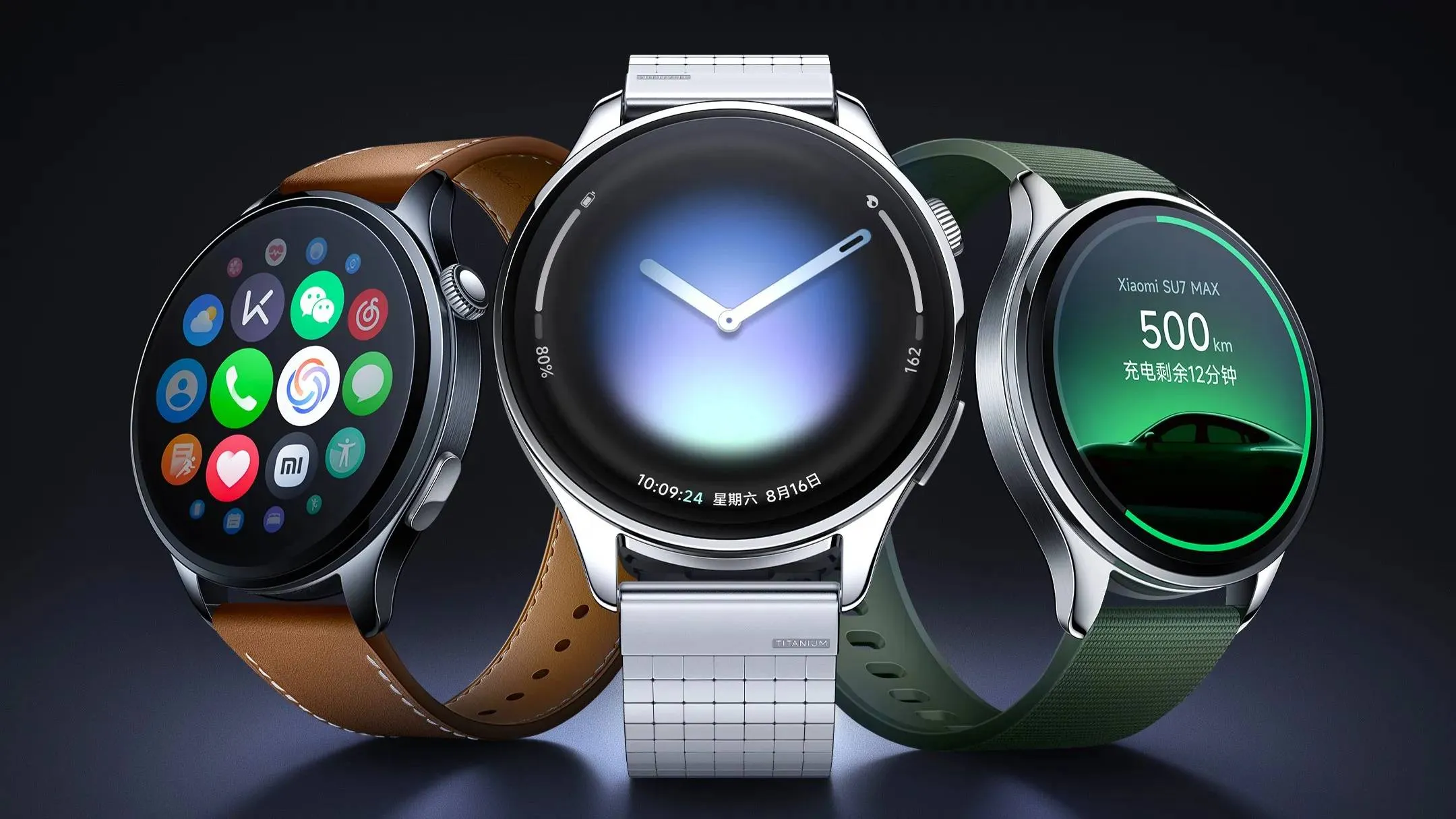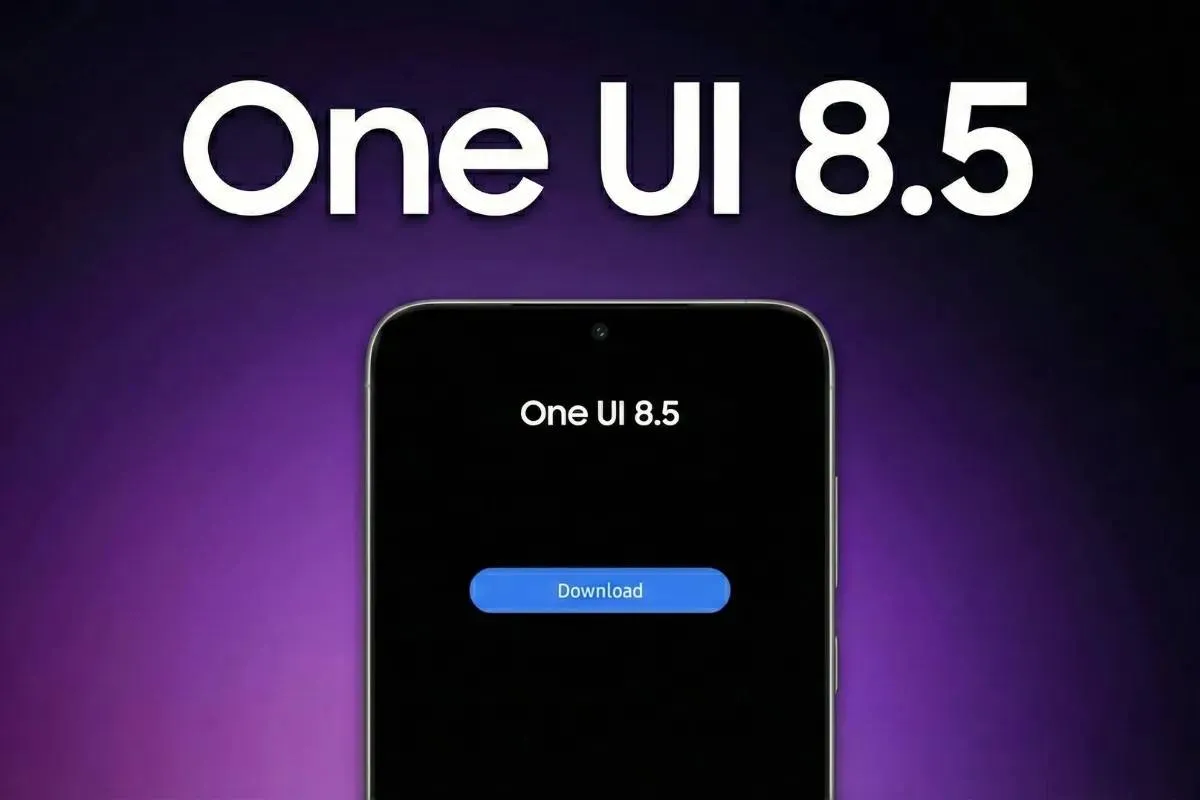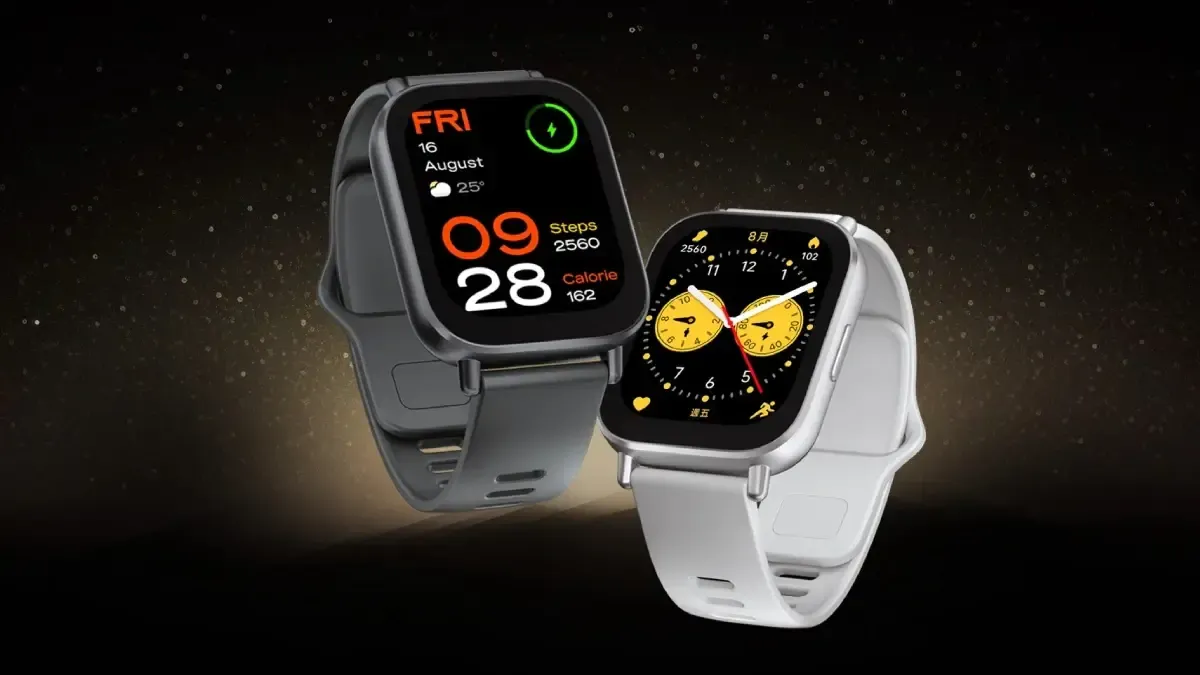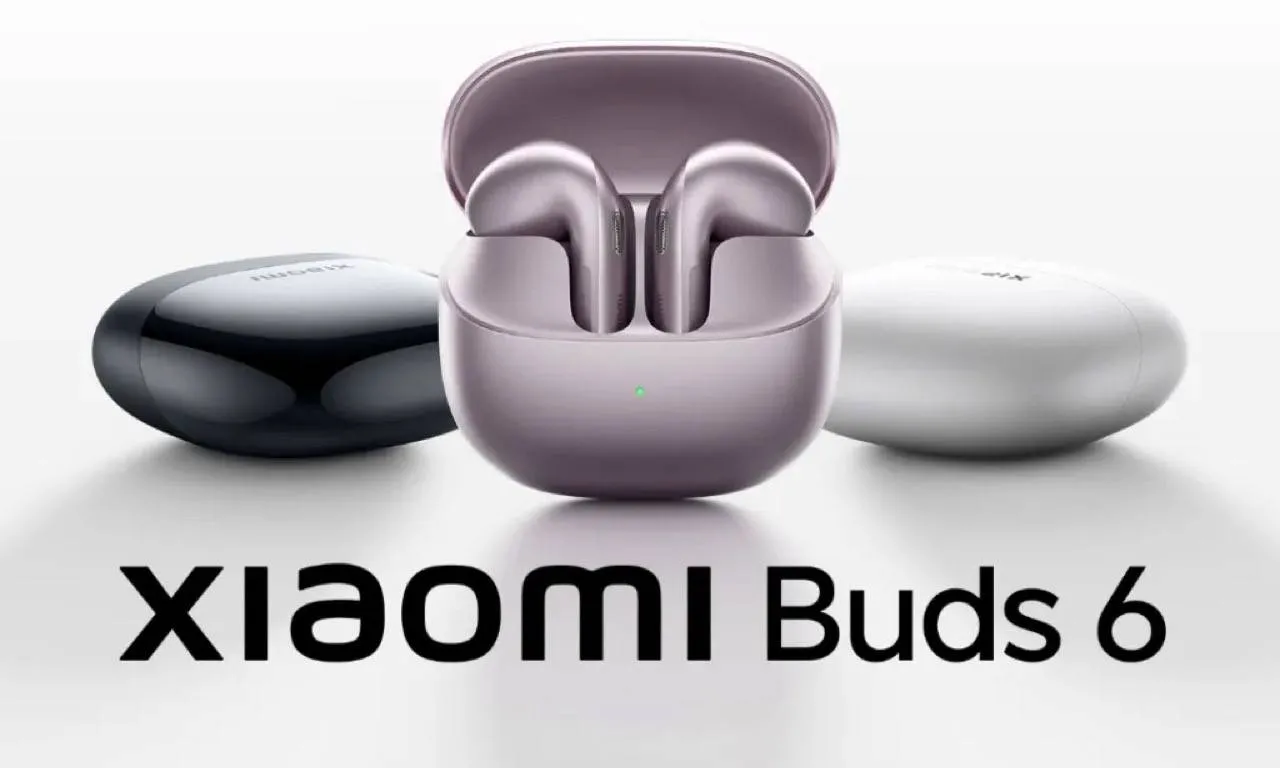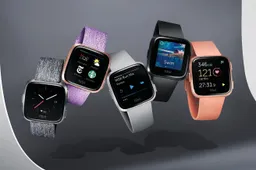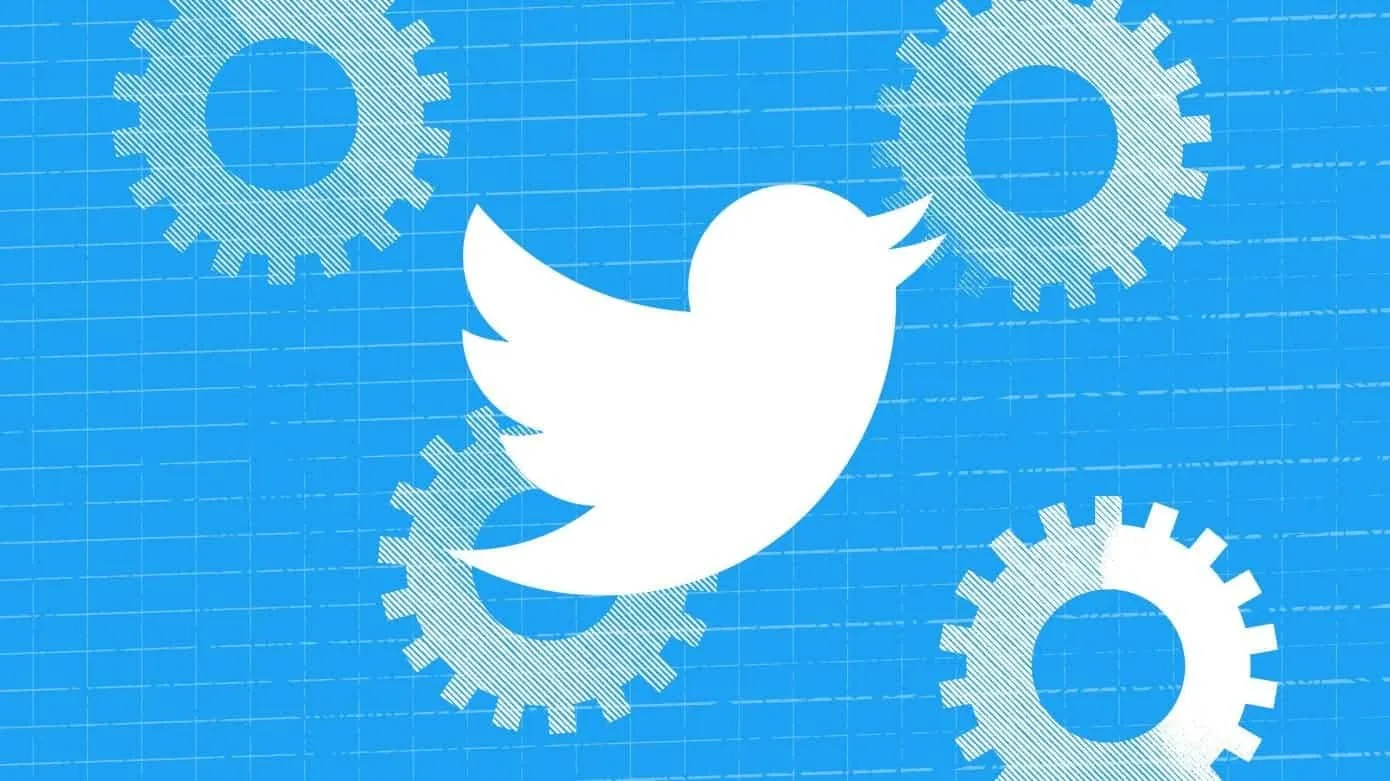
After the first cooperation between Google Cloud and Twitter in 2018, the two parties announced yesterday that they will sign another cooperation agreement. It turns out, according to the latter, Twitter will move data processing and analysis tasks to GCloud.
Also Read: EU Officials Want Google, Facebook, And Twitter To Provide Monthly Reports
Twitter first promoted the Partly Cloud project in 2018. It brought cold data storage and Hadoop clusters to Google Cloud Platform (GCP). Due to the successful cooperation between the two parties, Twitter decided to go further. Now, it moves offline data analysis, data processing, and machine learning tasks to Google Data Cloud. The latter will analyze user usage data on the Twitter platform faster and improve service.
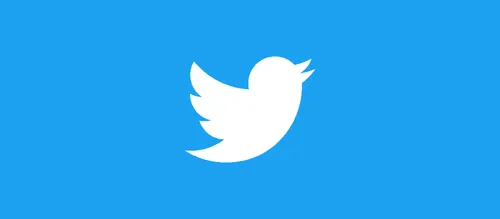
Twitter pointed out that there are a large number of data points behind users' actions. They include tweets, likes, and retweets. Every day, the Twitter data platform has to digest and sort out several trillion events, process hundreds of petabytes of data, and more than 10 clusters.
Why Do Many Companies Choose Google Cloud?
In the new phase of cooperation, Twitter will use Google Data Cloud services, including data storage platform BigQuery, streaming data analysis service Dataflow, NoSQL database service Cloud Bigtable, and machine learning tools to analyze these user data. In the past, Twitter engineers and data scientists had to write programs for data extraction, conversion, loading (ETL), and modeling. Now, they can query with SQL in BigQuery. It not only speeds up the data processing, analysis and decision-making of Twitter, but also ML technology accelerates product innovation.
However, Twitter is not the only company transferring its ‘work’ to Google. Last, week Google also signed the automaker Ford. The latter will use Google Cloud as the primary cloud provider to integrate Google services and Android computing backends into Ford cars. Ford will also use Google Cloud AI and machine study and data analysis technology, develop business processes and consumer applications.
Loading
